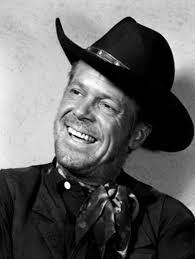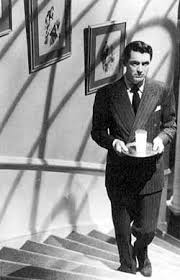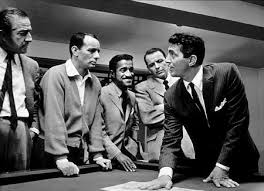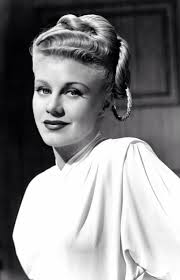
Some time ago, I caught MGM’s THE MARAUDERS which aired on the Encore Westerns channel. As I watched Dan Duryea play Mr. Avery, in all his infinite badness, I couldn’t help but think he certainly had the market cornered on these types of characters.
The possible exception might be Richard Widmark. But Widmark did vary his portrayals and would occasionally be seen as a sympathetic or hard-working man, such as him playing a heroic police officer in PANIC IN THE STREETS. But Duryea seldom played on the right side of the law.

Perhaps Duryea is just carrying on in the old tradition of other classic stars known for their bad guy roles. Guys like James Cagney and Humphrey Bogart. But the movies changed in the twenty-four year period from THE PUBLIC ENEMY to THE MARAUDERS. You might say the evolution of movie badmen is such that if Duryea pulled a woman around by the hair or shoved a grapefruit in her kisser like Cagney did, it would have been much more brutal and a lot more twisted.
One thing that disappointed me about THE MARAUDERS– I was hoping for once Duryea might turn out to be the good guy. Or that there would be some grey areas for him to play. But it soon became quite clear he was the villain, especially when another character called him crazy. And from that point forward, he was all over the place crazy! It then degenerated into a cartoonish role, complete with bug eyes and over-the-top menacing.
I also caught Duryea on installments of Wagon Train– two episodes where he does two different roles. In one of them, he is hunting down an old woman trying to kill her in a ghost town. And in the other one, he is a lunatic father whose fire-and-brimstone puts his daughter’s life in jeopardy. Obviously, audiences of the 1950s needed to know without a doubt who the bad guy was, which meant there would be no room for any other type of interpretation.











































